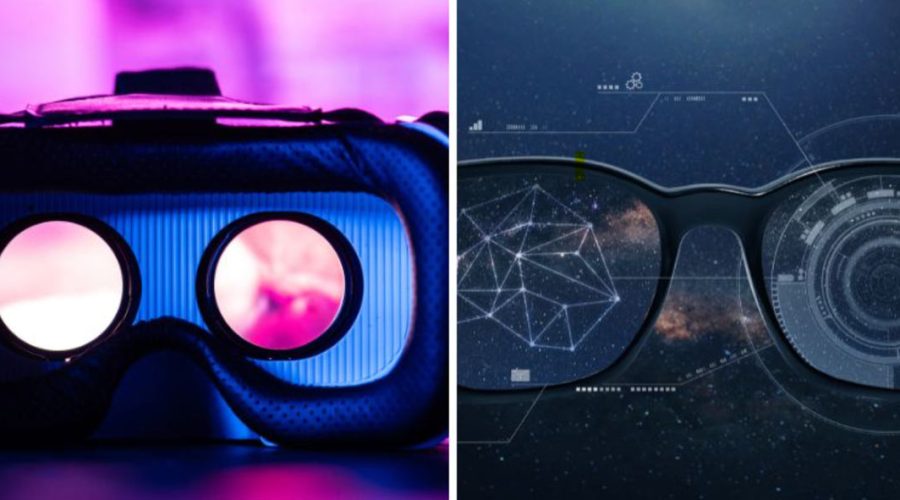What’s the Difference between VR/AR Headsets and Smart Glasses?
The number of advanced VR/AR headsets and smart glasses in the business and consumer markets is increasing at an incredible pace.
By 2030, experts predict the market for extended reality technologies will surpass $197.3 billion. What’s more, many analysts see incredible opportunities for the growth of wearable devices in virtually every industry and business landscape.
However, as hardware in the virtual, augmented, and mixed reality landscapes continues to evolve, it’s becoming increasingly challenging to distinguish headsets from smart glasses and even spatial computing systems.
So, what is the difference between VR/AR headsets and smart glasses?
First, smart glasses typically focus on bringing digital content and data into the real world. A typical set of smart glasses won’t immerse you fully into a virtual environment. Instead, they superimpose information on the world you see around you.
Companies like Nreal, Lenovo, and Vuzix have created smart glasses to enhance and empower everyday users and customers. These tools are ideal for training team members, offering remote assistance to professionals, or simply delivering hands-free guidance to workers.
Smart glasses are often slimmer and more compact than VR/AR headsets. This means they’re much more ergonomic and comfortable for long periods. However, it also usually means they have less processing power and fewer abilities to render complex environments.
XR Today
Article link






